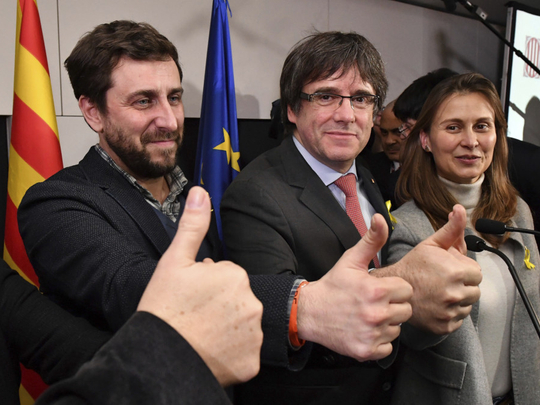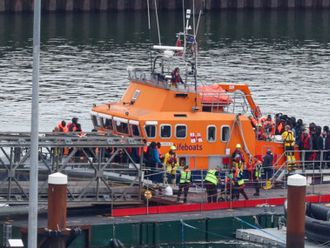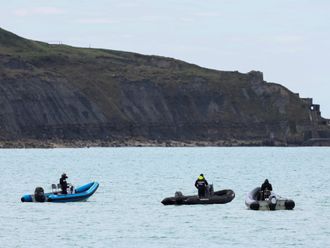
MADRID: Nearly six million Catalans were entitled to vote in Thursday’s elections for a new regional parliament.
The elections were ordered by the central Spanish government in Madrid after an illegal referendum on Catalan independence was held in the region on October 1.
Three weeks after that vote, Catalan separatists declared the region independent, forcing the Madrid government to dissolve the regional assembly and call new elections under powers it has from Article 155 of the Spanish Constitution.
Here are some details on the election process:
The voting system
Members of the 135-seat Catalan parliament are elected using proportional representation. The seats are divided into four districts: at least 3 per cent of the vote in each district is needed to win seats. The electoral system is weighted in favour of less populated rural areas.
68: The number of seats required by a party or coalition of parties to control the new Catalan assembly after Thursday’s elections.
January 5
The day that the results are officially declared. The Catalan parliament must then meet within 20 days to elect a speaker. An investiture debate to vote on a new regional president needs to take place within 10 days of the speaker’s election.
Another vote?
An absolute majority is required; if no one attains it, a second vote will be held two days later that requires only a simple majority. If there is still no winner two months after the first presidential vote, parliament will be dissolved and new elections held 54 days after the date of the first investiture vote.
Article 155
Article 155 of the Spanish constitution, which permits Madrid to maintain direct rule over Catalonia and which was imposed at the end of October, will stay in place until there is a new Catalan government.
17: Regional assemblies or parliaments sit across Spain, deciding on issues ranging from the environment to education, planning and local government regulations and laws.
The political parties
Junts per Catalunya: The revamp of Catalonia for Yes, the deposed coalition government of ERC and Carles Puigdemont’s Convergencia i Unio, which changed its name to distance itself from corruption scandals.
Esquerra Republicana Catalana: ERC is going it alone rather than in coalition with Puigdemont. Its leader, Oriol Junqueras, is in prison, having been detained as part of an investigation into rebellion, sedition and misuse of public funds stemming from October’s referendum and the Catalan parliament’s subsequent vote to declare independence.
Partit dels Socialistes de Catalunya: The PSC upset many party members by backing Madrid over direct rule but in Miquel Iceta has a leader with strong appeal to anti-independence voters.
Partit Popular de Catalunya: PPC is the Catalan wing of Spain’s ruling, conservative People’s party. It vows to dismantle pro-independence institutions established over recent years and reform Catalan public TV and radio.
Ciutadans: The centre-right, anti-independence party under leader Ines Arrimadas vows to heal the wounds of divided Catalan society.
Catalunya en Comu: The Catalan version of the anti-austerity Podemos party has struggled to shake off accusations of being soft on independence.
Candidatura d’Unitat Popular: The anti-capitalist CUP, whose 10 seats gave Together for Yes a majority, regards the election as illegitimate because it was called by the Spanish government but participated anyway.
— With inputs from agencies












